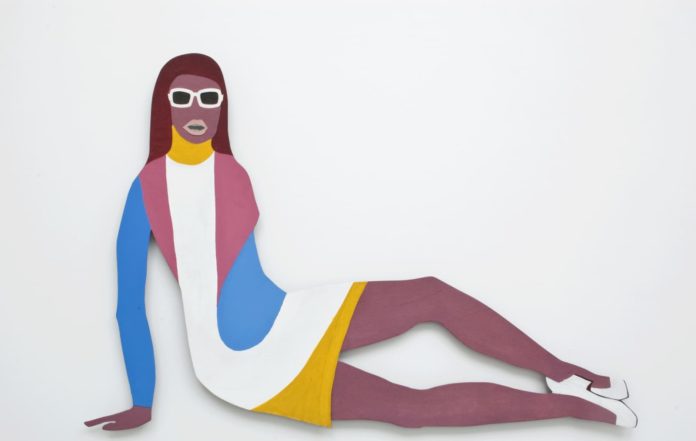

The origins of art are representational. Beginning with cave paintings and later hieroglyphs, women’s first sketches were so intimately tied to their corresponding objects in the real world that the picture alone encompassed both narration (language) and illustration (image). Similarly, the decorative artifacts that line glass cases in museums are may be objets d’art, but we cannot divorce their aspect from their function: pottery was for cooking and eating, jewelry for adornment and war. From antiquity, through the first quarter of the 20th century, the art world continued to yield all kinds of physical manifestations of the artists’ vision by way of sculpture, paintings, textiles, carvings, wood and metal work, and more.
In the West, representational art has evolved in different forms and styles, from realism to impressionism to expressionism, surrealism, and then the abstract. The seemingly infinite iterations of the Madonna and Child of the Renaissance gave way to the secular realism of Rembrandt and Velasquez, of John Singer Sergeant and Mary Cassatt, and then onto the interesting distortions of modernity. By the time Dalí’s clocks melt, Picasso’s portraits explode into a cubist fantasy, O’Keefe’s flowers resemble skulls and Pollock explores the effects of flicking his brush, American artists have explored a wide range of representation, a gamut from the realistic to the abstract.
The Conception of Conceptual
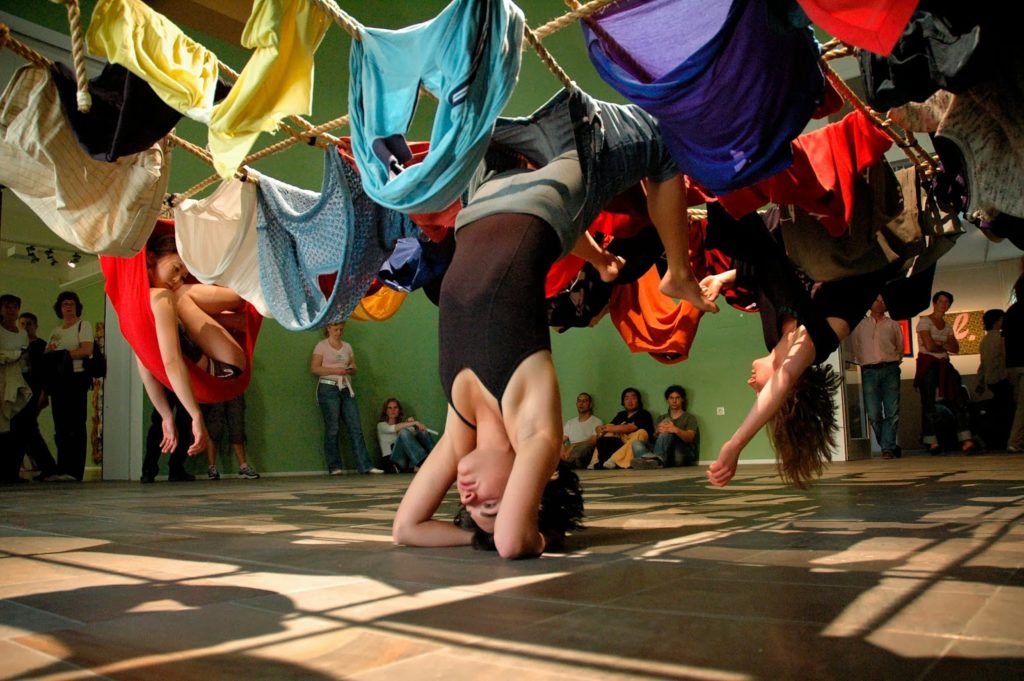
Perhaps it was a natural result of the sociological currents of change of the 1960s and 70s that led American artists to explore the radically different world of conceptual art. Or maybe they had grown bored with the media at their disposal at the time — after all, what better way to innovate on the canvas than to throw it out all together? Not only did these conceptual artists dispose of their brushes and chisels, they released the artist’s stronghold on form itself, giving exclusive attention to ideas.
More than abstract, conceptual art can be intangible. It holds no decorative pretensions and prioritizes thought over technique. Concretely speaking, conceptual art is disseminated via performance, happenings, video, and interventions. The ephemeral quality of all of these media opens the door to the unbridled creativity of the artist and exists only in the moment as they are each, with the exception of video, unrepeatable. Thoughtful but formless, conceptual art is disinterested in the aesthetic pursuit for its own sake. In fact, it can often be anti-aesthetic and its single-minded preoccupation is with meaning.
Conceptual art seeped into the American art scene and its impact was often measurable by its distance from what was traditionally seen as art up until then. Joseph Kosuth, one of the American pioneers of conceptualism, caused ripples when his 1965 installation entitled One and Three Chairs. Emblematic of his tautological approach to “making meaning” with his art, the piece is composed of the eponymous chairs: one, a definition, another one a photograph, the last one, an actual chair.
By parsing the symbolic, the figurative, and the literal notions of a chair, Kosuth interrogates the authenticity of each, in search of which is closest to a “real” chair — is it the word? Is it our idea of the word? Is it the object in the world?. His investigation is reminiscent of the work that the Structuralists concurrently undertook in Europe, piggybacking onto linguist Ferdinand de Saussure’s proposal (in the early 1900s) that the sign (loosely, the idea) is made up signifier (word) and signified (object), all three “parts” of meaning reliant on another and nothing outside themselves. Similarly, Montessori early reading lessons tap into this “language instinct,” so a child learns to read the word table in association to a picture of a table and the object in the world, at once specific and endlessly universal just like Kosuth’s table, cubed.
The Latin American Reality
Language philosophers, educators, and American artists in the 1960s were discovering a whole new direction in thinking about things, merging philosophy and art, stretching their limbs within the ample spaces they were opening up in the discourse. In Latin America, the same could not possibly be true, as the intellectual air was already saturated by ideological experiments and post-Colonial spasms, especially during the 60s, 70s, and 80s. To be an artist during those later decades of the 20th century in the majority of Latin America meant grappling with punishing military dictatorships or the censorship of Communist regimes (such as in Cuba, Dominican Republic, Nicaragua, Chile, Argentina, Paraguay, Uruguay, Brazil, Guatemala, and eventually Panama, Perú, and Bolivia). In the best case scenario, Latina artists were coming up in a world of rigid social and class boundaries, hampered by their conditions outside their own reach, and especially by their gender.
Absorbed into the political ethos by their very existence in these highly policed states, artists did not enjoy the luxury of making meaning only for its own sake. Instead, these Latina artists could only found their version of space by transcending their social and physical condition through conceptual art.
Ana Mendieta — Cuba
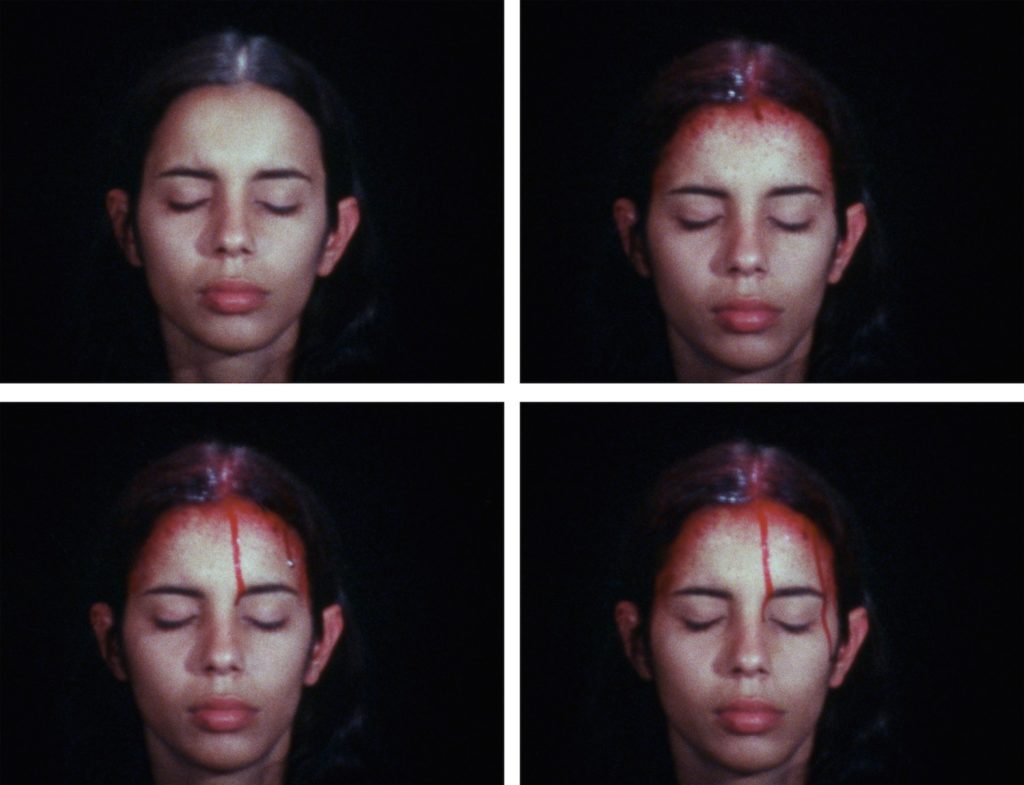
A performance and conceptual artist, Mendieta was brought to Iowa from Castro’s Cuba at a young age, as part of the controversial Operation Peter Pan, a mission that “rescued” children from the island, placing them in foster homes in America. After completing her studies in Iowa, Mendieta received a Guggenheim fellowship and went onto become a thought-provoking and innovative artist.
From the start of her career, she explored her connections to the earth through her own body, so visceral that blood was often her medium. Her work often depicted violence against women, like a ghostly aftereffect of some already-lived hell or a gross foreboding of her own demise. Despite her early promise and impacting work, Mendieta lived in near poverty for chunks of her life, never achieving the fame her art might have afforded her. Instead, she is best known for how she died: fallen out of a window in a suspicious accident following an argument with her husband, also an artist and a rival. Though confessing that she had become upset about his greater renown in the moments just before plummeting to her death, the husband was never charged and Mendieta’s merit faded into near anonymity outside of art circles.
Maria Elvira Marmolejo — Colombia
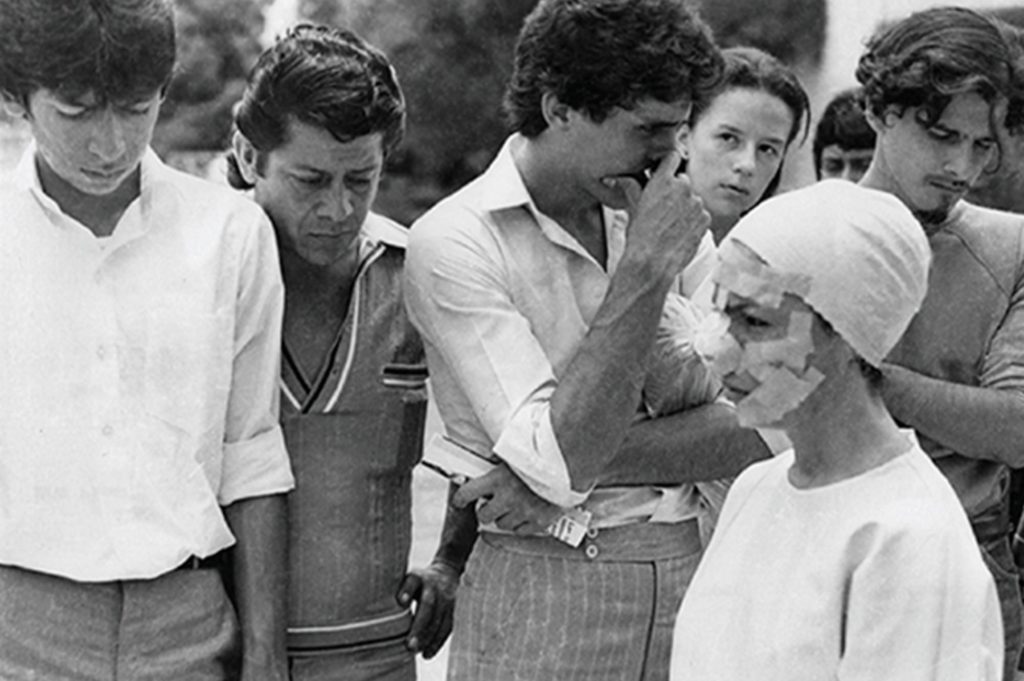
Though a decade or so later, Maria Elvira Marmolejo also made use of blood as a medium. As the 70s turned into the 80s, this Colombian artist thematized her womanhood by utilizing menstrual blood and sanitary products — both previously used and not — to create installations that protested the patriarchy. Experientially, her gender kept her subservient to her brothers, while nationally, Colombia was relatively stable democracy but still harbored rampant and criminal abuse of women at the hands of the military and civilian male population.
Marmolejo’s short domestic career shone the spotlight on the violence that stained the early 1980s in Colombia, deliberately cutting her feet and walking across a white sheet in a public plaza. The performance drew a lot of emotion but little by way of the change she was hoping to effect. Pregnant and disillusioned, Marmolejo exiled herself to Spain in 1985, where she would slowly dip her toe back into the art world with performances in 1992 and 2004.
The new millennium seems to have brought Marmolejo a new-found peace or perhaps a comfort in being known amongst connoisseurs as a deeper underground, more radical Marina Abramovic. She has found her way back home with pop-up performance art in the Museo de Arte Moderno in Bogotá and in Cartagena. Marmolejo has also appeared in off the beaten path spaces in Guayaquil, Ecuador, and around New York City, where she now lives and works, having earned an MFA at CUNY.
Paz Errázuriz — Chile

In the early 1970s in Chile, while Pinochet’s Death Squad was out disappearing anyone who threatened his military regime, Errázuriz was focusing her camera on some of the most marginalized and vulnerable members of the society. With the courage and compassion needed to lend voice and visibility to those rejected by society and persecuted by the government, Errázuriz’s photos — especially a series in which she follows three sex workers, Human of New York-style —straddle the space between art and journalism.
Marta Minujín — Argentina
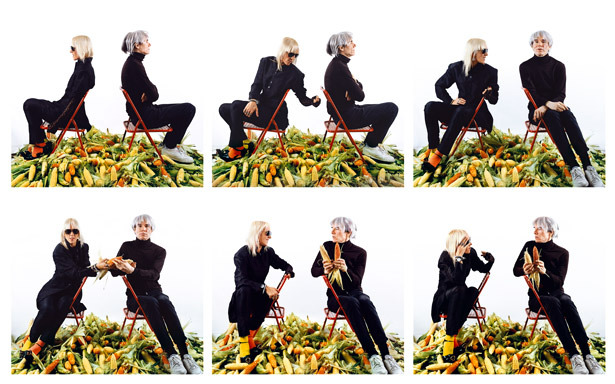
A Gugghenheim Fellowship gave Minujín the opportunity to leave Argentina at a time (1966) when that meant trading the oppression under a military junta for a collaborative friendship with pop artist and early influencer, Andy Warhol. Their most famous conceptual piece, The Debt (1985), was a happening — a performance that elicits the participation of the public — that featured an absurdist transaction between the two artists, as they traded money for maize. Political in its commentary on the relationship between the U.S. and developing countries to its south, Minujín devoted her career to such performances and videos, returning to Argentina in 1983, after the fall of the last dictator.
Marisol — Venezuela
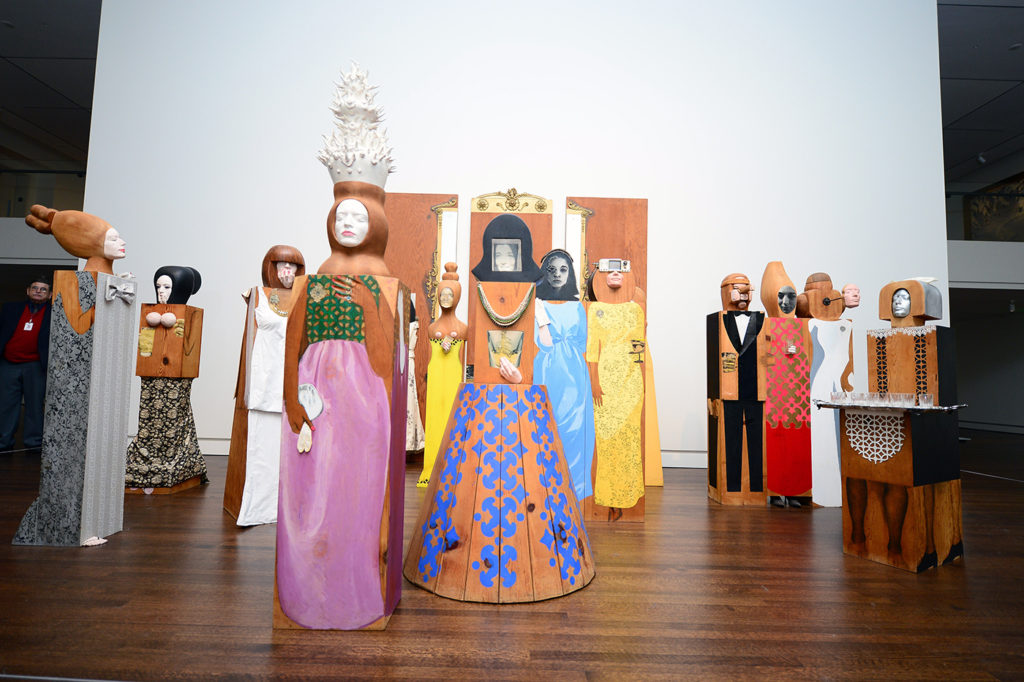
Another friend of Andy Warhol’s, Marisol Escobar dropped her last name, Twiggy-style, when she brought her totem-like wooden sculptures to New York. Her shows, inspired by pre-Columbian art from her native Venezuela, were seen by thousands and gave her much renown in the early 1960s, leading her to participate in some of Warhol’s film projects. But after the fashionability of her sculptures waned, she (as so many other women artists have been) was judged as being too sentimental, and she slipped into anonymity. Her work was revived in 2014 by curator Marina Pacini in Memphis, in her hopes of restoring to Marisol the credit for trailblazing she so deserves.
Polvo de Gallina Negra — México

Translated, the name of this feminist art collective from 1980s México mean “Black Hen Powder,” a putative ingredient to which they ascribe the type of black magic the patriarchy uses to make women disappear from public discourse. Comprised of Maris Bustamante and Mónica Mayer, the group put on performances, demonstrations, exhibitions, conferences, and curated publications and other content, putting femininity and motherhood front and center, within a culture previously unwilling to air these topics.
Margarita Azurdia — Guatemala
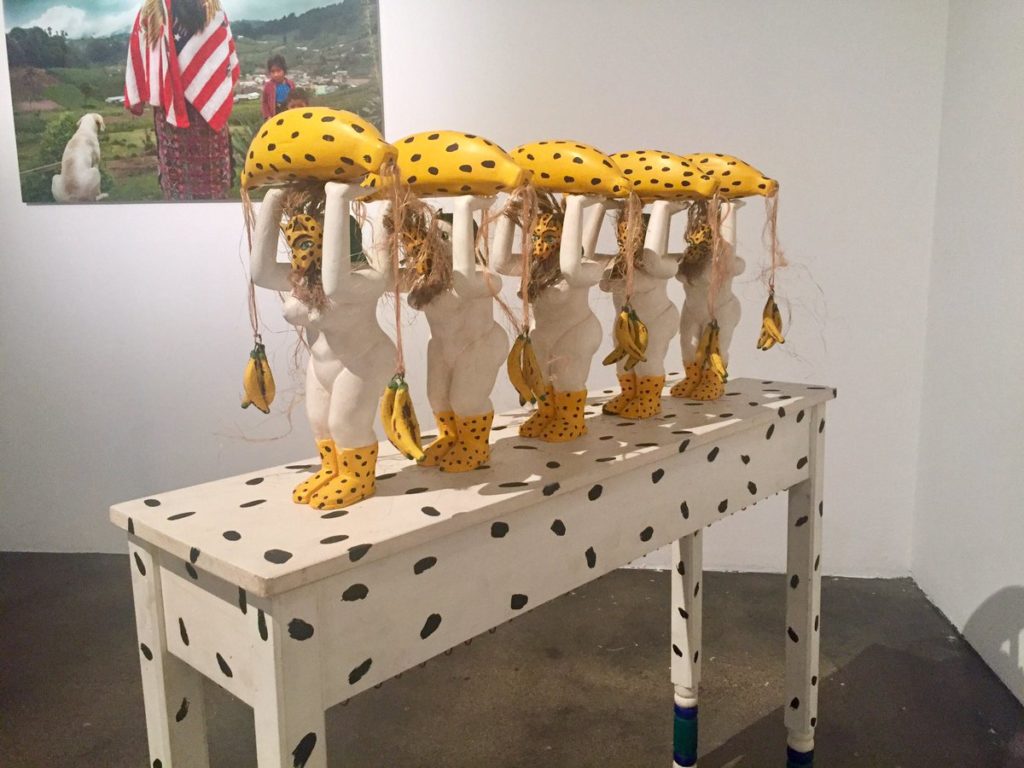
A poet, sculptor, painter, and also performer, Azurdia was known by a series of alternative names, such as Margot Fanjul and Margarita Rica Rica Dinamita. Her visual work included sculptures that formulated magical realist combinations, and was sometimes a product of her own imagination married to the handicraft skills of local artisans, who collaborated with her to repurpose their own sacred figures. Accustomed to using art to transmit political messages, in the 1960s she founded her own artistic movement known as “new conceptual abstraction,” a reaction to the all-male collective Grupo Vertebra, who was bent on exploring neo-figurativism instead.
Teresa Burga —Perú
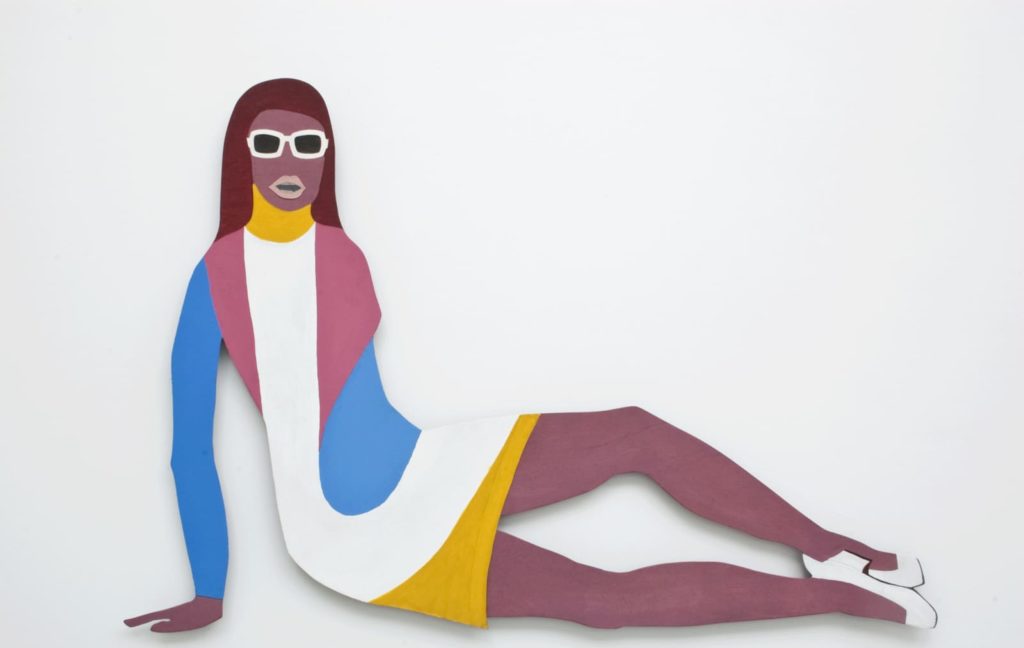
Teresa Burga Sin titulo/ Untitled, 1967 Courtesy Teresa Burga and Galerie Barbara Thumm
Still being discussed today, Burga was the only female in Perú’s Arte Nuevo group and one of the strongest voices for the avant grade in Perú. She ascribed to conceptualism not for aesthetic or theoretical reasons, but political ones. Burga produced Pop and Op Art, as well as happenings, introducing these new modalities to the country. Her work addressed feminist issues with an interdisciplinary view that borrowed from the social, political, sexual, psychological, emotional, educational, cultural, and linguistic plight of women in her country.
Judy Baca — Estados Unidos
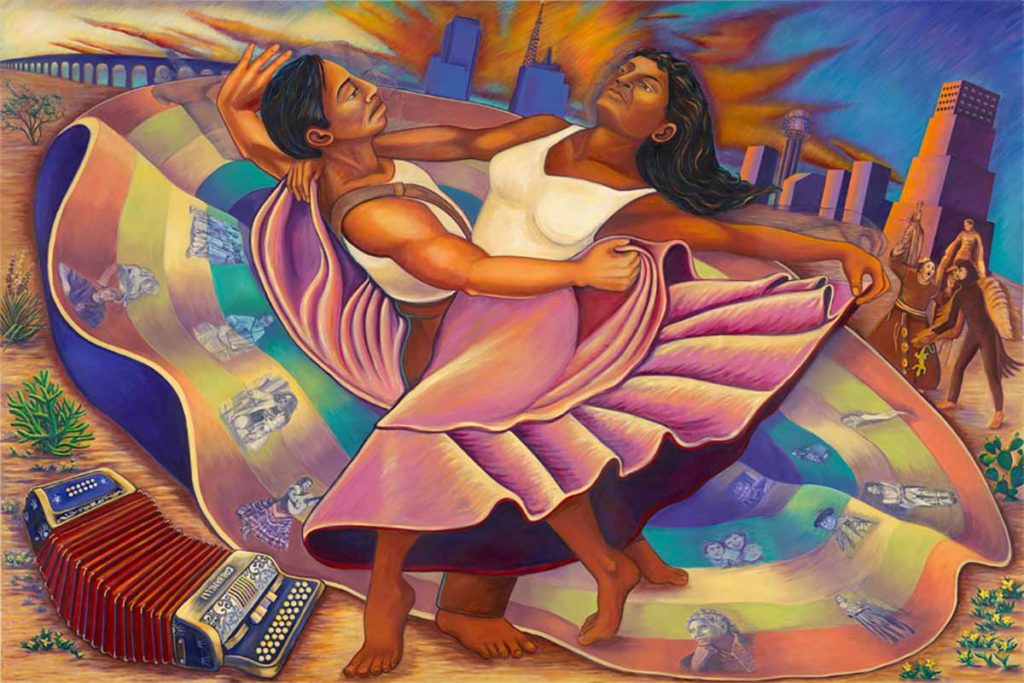
Chicana artist Baca was the first to lend visibility to Latinos in California within the art world. Despite representing more than a minority within the population and being overrepresented within the at-risk communities in Los Angeles in the 1970s, Latinos were not represented in the art world. Baca devoted her art to turning public spaces into canvases for social change, by organizing Las vistas nuevas or New Views, a mural in which 20 members of 4 different rival gangs participated artistically together. By the 1980s, Baca was at work on the Great Wall of Los Angeles, the largest mural in the world, which features the work of more than 400 Latino community artists, showing a version of the city as seen through immigrants’ eyes. In recent news, another Baca mural celebrating female strength was, perhaps accidentally, whitewashed in Los Angeles, causing the artist and her supporters to question the level of respect afforded to her groundbreaking art in the new millennium.
For Image credit or remove please email for immediate removal - info@belatina.com







































